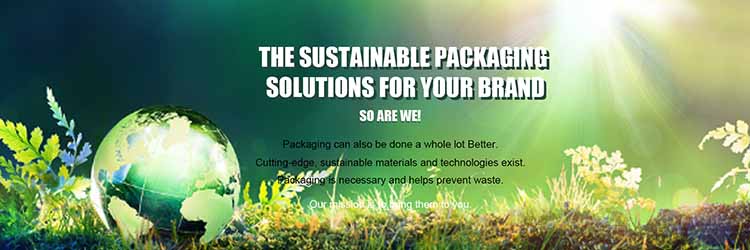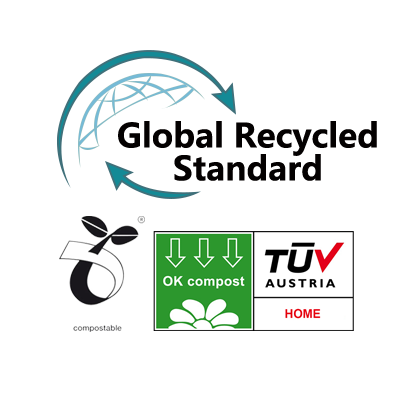Degradable plastics refer to plastics that can degrade by themselves under natural conditions, and are generally divided into four categories: photodegradable plastics, biodegradable plastics, photo-biodegradable plastics, and water-degradable plastics.
Although the above-mentioned degradable plastics are all environmentally friendly, there are still large differences in technical cost and practical operation. For example, photodegradable plastics are the incorporation of photosensitizers into the plastics, which gradually decompose the plastics under sunlight. It belongs to an earlier generation of degradable plastics, but its disadvantage is that the degradation time is unpredictable due to changes in sunlight and climate, so the degradation time cannot be controlled.
Similarly, polyethylene photodegradable plastic synthesized from ethylene and CO will degrade into small molecules or be decomposed by microorganisms after a certain period of time under certain conditions, which overcomes the shortcomings of being difficult to decompose and hard to rot.

However, due to the high cost of producing this kind of degradable plastic, it is impossible to popularize and use it in a large area. Biodegradable plastics can be almost completely decomposed by microorganisms such as bacteria, fungi and algae in nature, and participate in the carbon cycle in nature. They are divided into incomplete biodegradable plastics and fully biodegradable plastics (or completely biodegradable plastics). In the preparation process of incompletely biodegradable plastics, common plastic products such as PE, PP, and PVC are often modified (or filled) with starch, such as starch-based plastics, cellulose-based plastics, and protein-based plastics.
Fully biodegradable plastics are mainly biodegradable plastic products made of natural polymers (starch, cellulose, chitin, etc.) or agricultural and sideline products after being fermented by microorganisms. Aliphatic polyester, polylactic acid, etc. belong to this kind of plastic. This plastic can be completely degraded by microorganisms, and its performance is close to or even surpasses that of ordinary plastics due to the addition of starch, PVA and other substances with good compatibility.
Biodegradable plastics can be degraded by the environment to meet people’s expectations. These two types of plastics will not cause serious pollution to the ring culture after degradation. The production of fully biodegradable plastics does not require oil, and the degradation is more thorough.

In addition, as the first-generation mature technology, the bio-based monomers used in biodegradable plastics are mainly made from the fermentation of plants with high sugar or starch content (such as corn, sugarcane and other food crops). According to statistics, in 2014, the global land used for growing bio-based plastic raw materials was 680,000 hm2, accounting for about 0.01% of agricultural land. Since this technology involves food security, the competition for food with the people and the competition for land with grain has limited the development of bio-based raw materials.
So the current direction of technological development is to use non-food crops, such as corn stalks and bagasse and other lignocellulose as raw materials , so that the source of raw materials for the production of bio-based monomers is guaranteed. At present, bio-based monomers that are technologically mature to degrade plastics include succinic acid, lactic acid, butanediol, and propylene glycol.
In general, the bottleneck in the application of biodegradable plastics is being broken. Although from a global perspective, the biodegradable plastic craze was formed a few years ago, but due to the relatively high price of biodegradable plastics, there is still a certain gap between some performance indicators and traditional plastics, and its market acceptance is not very high. High price is the main reason for the difficulty in promoting bioplastics, especially when the international oil price is relatively low, the price advantage of traditional plastics is very obvious.






